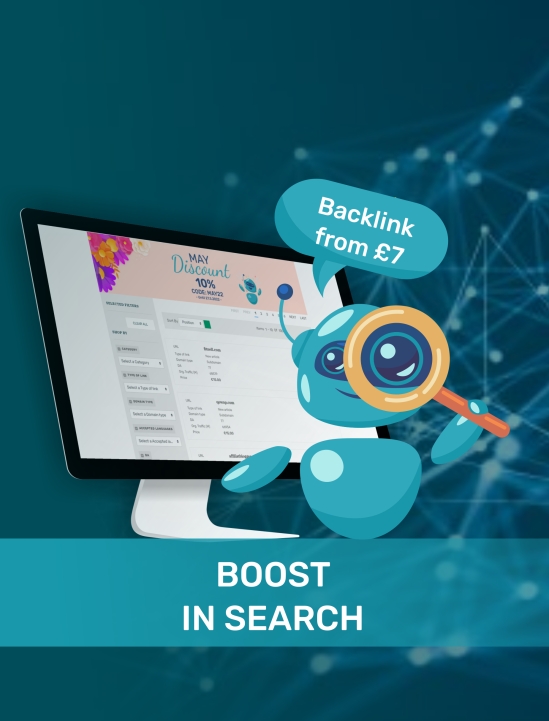In today's fast-paced digital landscape, businesses must leverage a multifaceted approach to stay competitive and drive growth. From harnessing the power of social media to optimizing local search visibility, effective digital marketing encompasses various strategies tailored to reach and engage target audiences. This article explores five essential pillars of digital marketing that can propel your business forward in 2025: Social Media Marketing, Local SEO, Website Visitor ID, and Reporting Dashboards.
1. Digital Marketing: The Foundation of Modern Business Strategy
Digital marketing serves as the cornerstone of contemporary business strategies, integrating various online channels to promote products and services. Unlike traditional marketing, digital marketing offers measurable results, enabling businesses to track performance and optimize campaigns in real-time. Key components include:
- Content Marketing: Creating valuable content to attract and engage audiences.
- Email Marketing: Building relationships through targeted email campaigns.
- Search Engine Optimization (SEO): Enhancing website visibility on search engines.
- Pay-Per-Click Advertising (PPC): Driving traffic through paid ads on platforms like Google and social media.
By adopting a comprehensive digital marketing strategy, businesses can effectively reach their target audience, increase brand awareness, and drive conversions.
2. Social Media Marketing: Engaging with Your Audience
Social media platforms have become indispensable tools for businesses to connect with their audience. Social Media Marketing (SMM) involves creating and sharing content on platforms like Facebook, Instagram, Twitter, LinkedIn, and TikTok to achieve marketing and branding goals. Key benefits include:
- Brand Awareness: Increasing visibility and recognition through consistent posting and engagement.
- Customer Engagement: Interacting with customers through comments, messages, and interactive content.
- Targeted Advertising: Utilizing platform-specific advertising tools to reach niche audiences based on demographics, interests, and behaviors.
- Influencer Collaborations: Partnering with influencers to expand reach and credibility.
Effective SMM strategies focus on creating authentic content that resonates with the audience, fostering a community around the brand, and leveraging analytics to refine approaches.
3. Local SEO: Dominating Your Geographic Market
For businesses serving specific geographic areas, Local SEO is crucial in driving foot traffic and local online visibility. Local SEO strategies optimize a business's presence on search engines to attract nearby customers. Key elements include:
- Google My Business (GMB): Claiming and optimizing the GMB listing with accurate information, photos, and customer reviews.
- Local Keywords: Incorporating location-specific keywords into website content and meta tags.
- Citations and Listings: Ensuring consistent NAP (Name, Address, Phone number) across online directories and platforms.
- Local Content: Creating content tailored to local events, news, and interests to engage the community.
By focusing on Local SEO, businesses can enhance their visibility in local search results, attract nearby customers, and outperform competitors in their region.
4. Website Visitor ID: Understanding Your Audience
Identifying and understanding website visitors is pivotal for tailoring marketing efforts and improving user experience. Website Visitor ID tools track and analyze visitor behavior, providing valuable insights into audience demographics, interests, and interactions. Benefits include:
- Personalization: Delivering personalized content and offers based on visitor behavior and preferences.
- Lead Generation: Identifying potential leads through visitor activity and engagement patterns.
- Behavior Analysis: Understanding how visitors navigate the website, which pages they frequent, and where they drop off.
- Targeted Marketing: Creating targeted campaigns based on visitor data to enhance conversion rates.
Implementing Website Visitor ID solutions empowers businesses to make data-driven decisions, enhance user engagement, and optimize marketing strategies for better results.
5. Reporting Dashboard: Visualizing Success
A Reporting Dashboard is an essential tool for monitoring and analyzing the performance of digital marketing efforts. Dashboards aggregate data from various channels into a single, customizable interface, providing real-time insights and comprehensive overviews. Key features include:
- Data Integration: Consolidating data from multiple sources such as social media, SEO, PPC, and website analytics.
- Customization: Tailoring dashboards to display key performance indicators (KPIs) relevant to specific business goals.
- Real-Time Updates: Providing up-to-date information to facilitate timely decision-making.
- Visualization Tools: Using charts, graphs, and other visual aids to simplify complex data and highlight trends.
With a robust Reporting Dashboard, businesses can track the effectiveness of their marketing campaigns, identify areas for improvement, and demonstrate ROI to stakeholders.
In the dynamic realm of digital marketing, staying ahead requires a strategic blend of various approaches tailored to your business's unique needs. By focusing on Social Media Marketing, Local SEO, Website Visitor ID, and leveraging comprehensive Reporting Dashboards, businesses can create a robust digital presence, engage effectively with their audience, and drive sustained growth. Embracing these essential pillars will ensure your business not only survives but thrives in the competitive digital landscape of 2025 and beyond.


